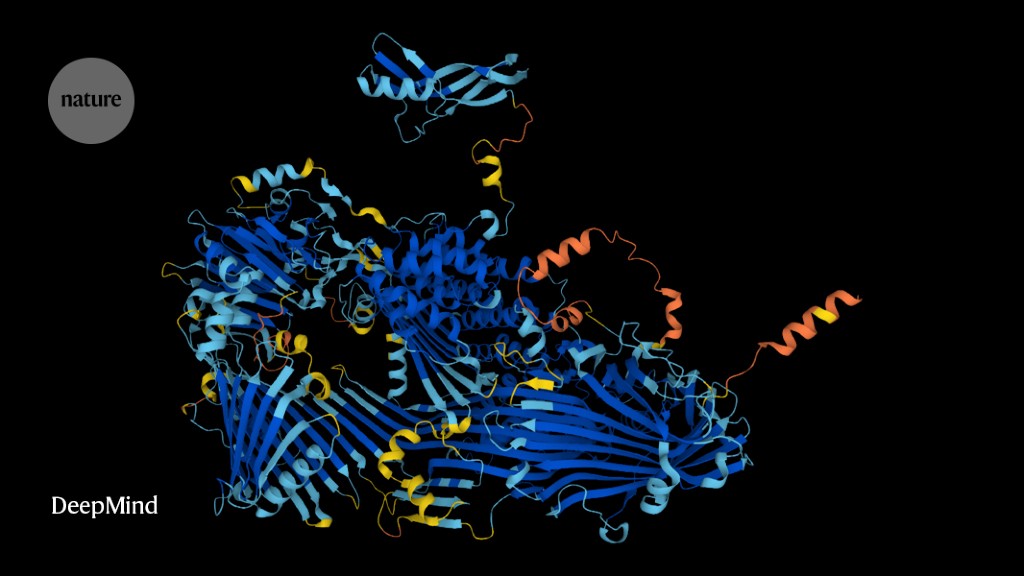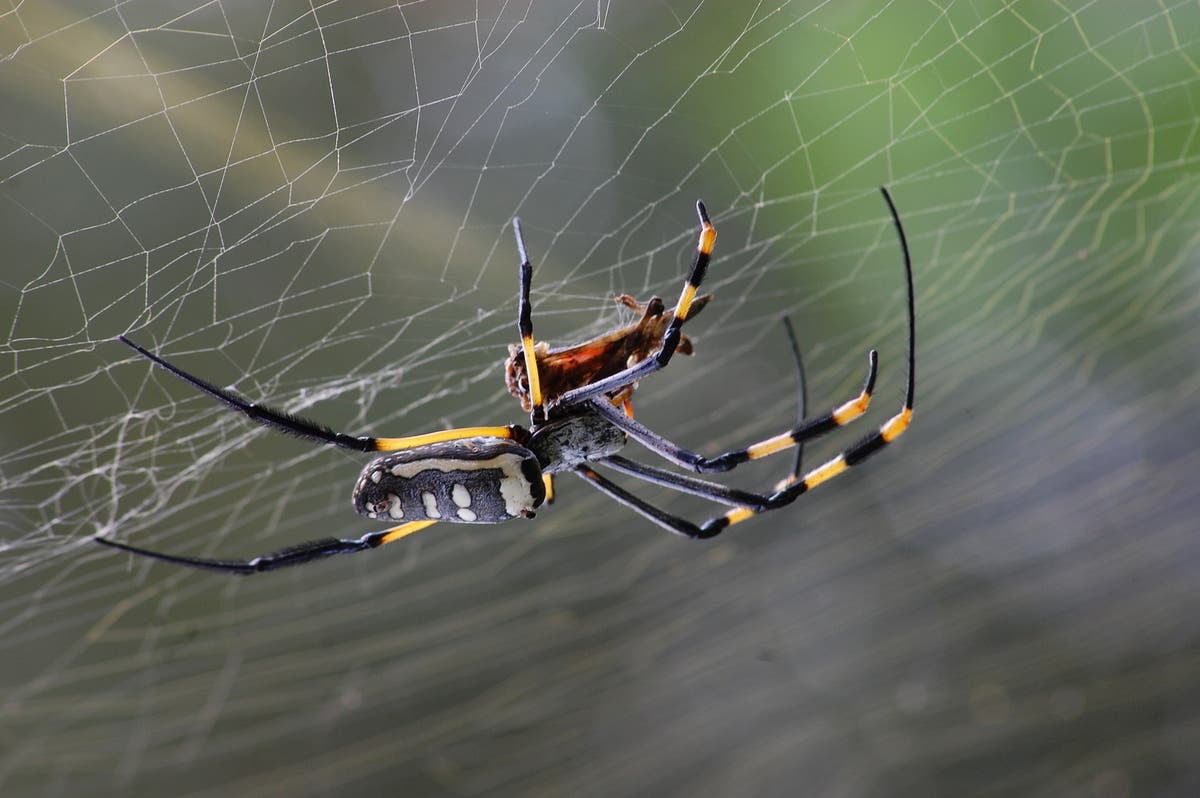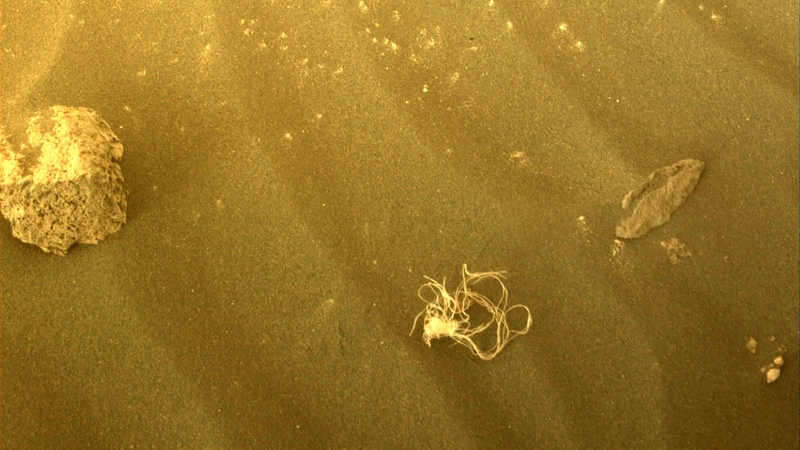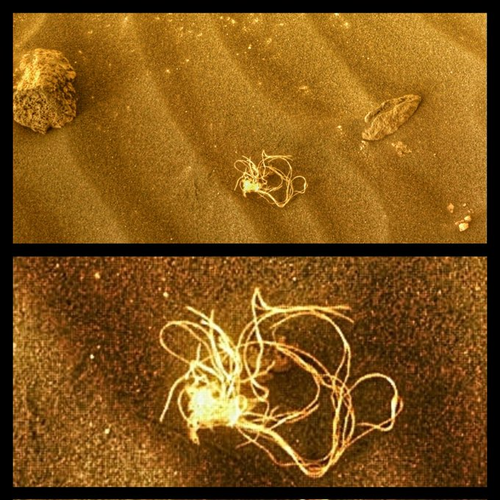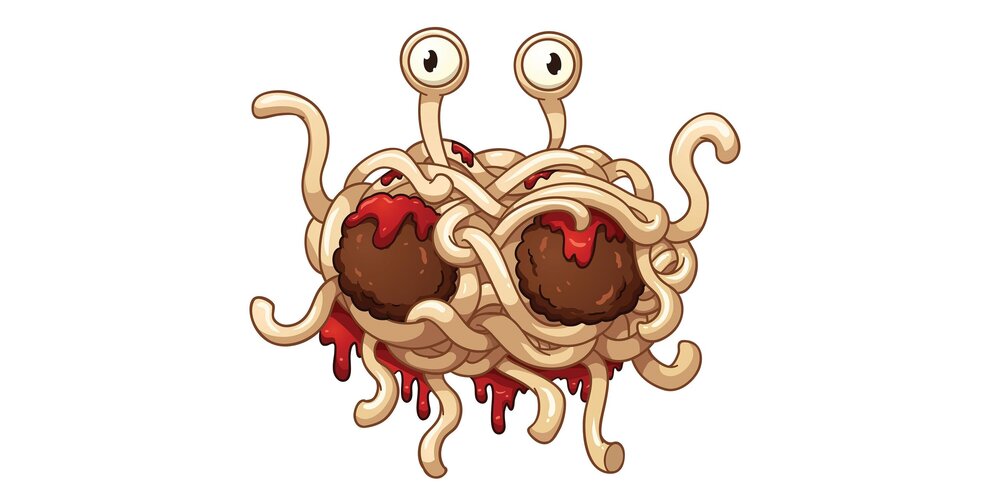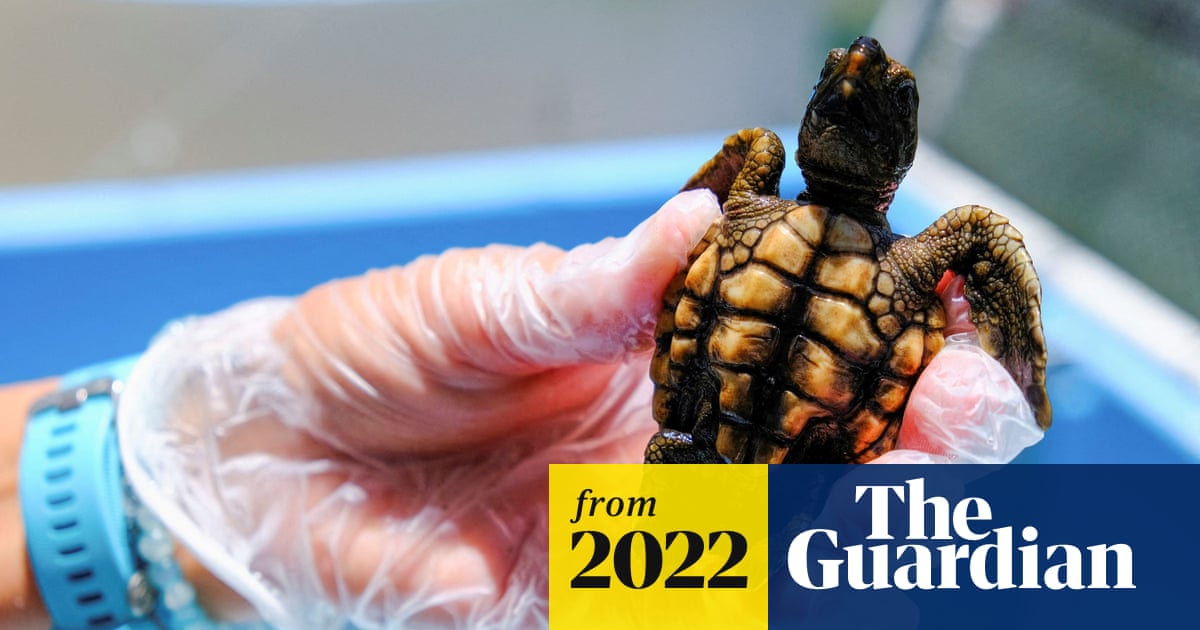faceman
Hall-of-Famer
- Joined
- Jun 1, 2000
- Messages
- 10,733
- Reaction score
- 13,499
- Age
- 62
Offline
Milk is better for hydration thane plain water.A group of scientists has concluded that ancient Europeans drank milk for millennia despite the digestive problems it may have caused, casting doubt on theories on how humans evolved to tolerate it.
Scientists have long speculated that an enzyme needed to avoid any gastrointestinal discomfort developed rapidly in populations where domesticating dairy animals was prevalent.
People who could tolerate milk, that theory goes, gained a new source of calories and protein and passed on their genes to more healthy offspring than those without the genetic trait — known as lactase persistence — that allows them to digest the sugar in milk into adulthood.
But a new study has offered a radically different theory, arguing that side effects such as gas, bloating and intestinal cramps weren’t enough on their own to move the evolutionary needle on the genetic mutation.
“Prehistoric people in Europe may have started consuming milk from domesticated animals thousands of years before they evolved the gene to digest it,” the study’s authors said.
The study, published in the journal Nature, was produced in collaboration with more than 100 scientists across a range of fields including genetics, archaeology and epidemiology. The scientists mapped out estimated milk consumption in Europe from approximately 9,000 years ago to 500 years ago.
By analyzing animal fat residues in pottery from hundreds of archaeological sites, alongside DNA samples harvested from ancient skeletons, the researchers concluded that lactase persistence was not common until around 1,000 B.C., nearly 4,000 years after it was first detected.......

Hydrates Better Than Water | GonnaNeedMilk
Learn how the nutrients in milk make it one of the best beverages for rehydration.


